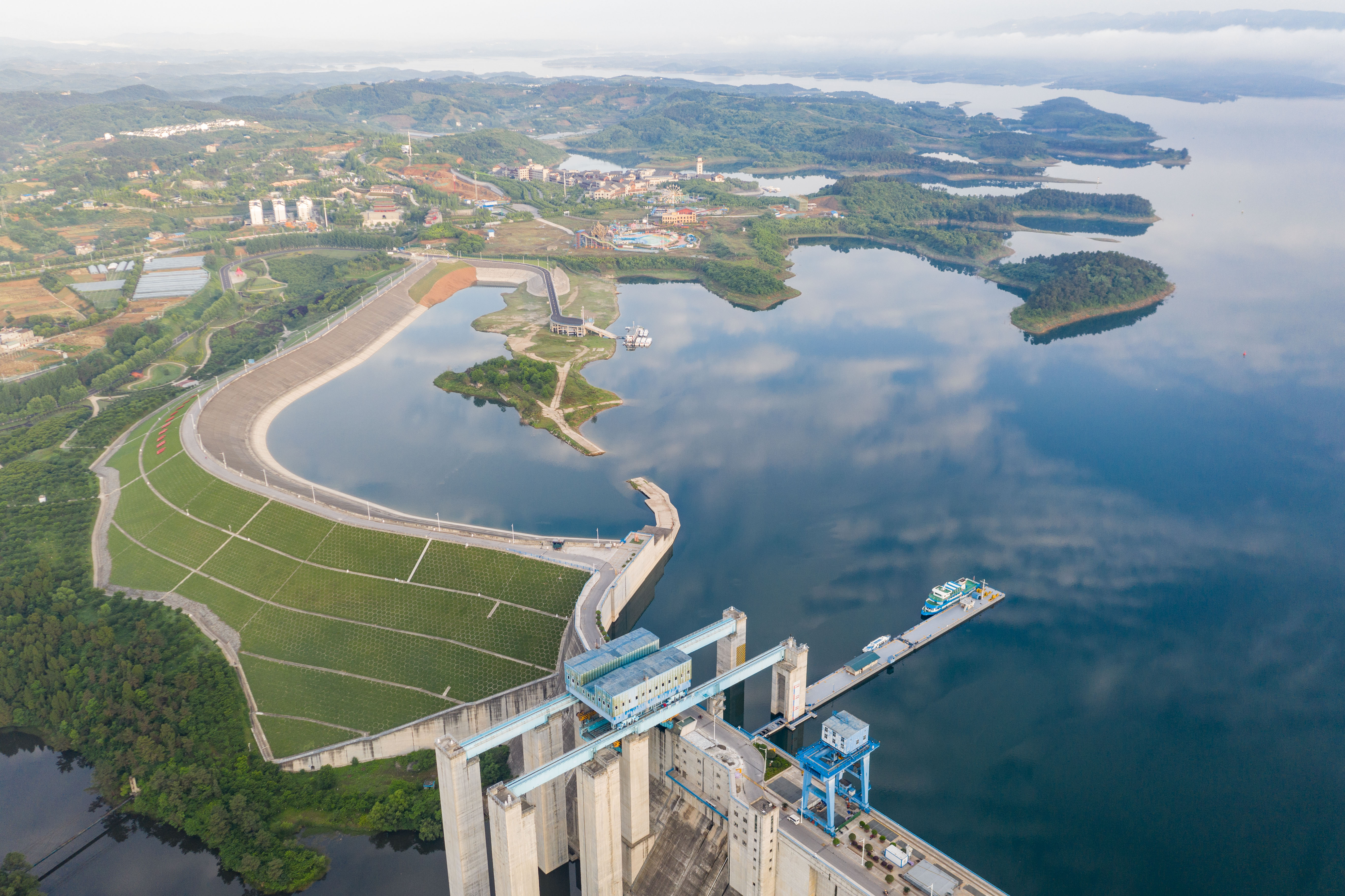
China's South-to-North Water Diversion Project is the largest of its kind in the world. The project diverts water from the Yangtze River, the country's longest river, through eastern, middle, and western routes to feed dry areas in the north, including the capital city Beijing.
The idea of diverting water from the resource-abundant south to the north was first envisioned by China's late leader Mao Zedong in October 1952 during his inspection tour along the Yellow River.
With an estimated cost of 500 billion yuan (about US$71 billion), the project started with the construction of the eastern route in 2002 and the middle route in 2003, while the western route is still in its pre-construction stage.
The middle route is the most attention-grabbing of the three due to its role of bringing water to the Chinese capital, and it started supplying water on Dec. 12, 2014. The first phase of the eastern route started operation in November 2013.
Until 2019, the middle and eastern routes of the project have benefited more than 120 million people, said the Ministry of Water Resources.
The middle route has refilled more than 30 rivers in recent years, and injected 1.39 billion cubic meters of water into three rivers in northern China from 2018 to 2019 to replenish underground water supplies.
The project leads the world with its length, the size of the population and area benefitted, and the size of a pumping station cluster along the eastern route. It also has one of the world's largest water supply capacities.